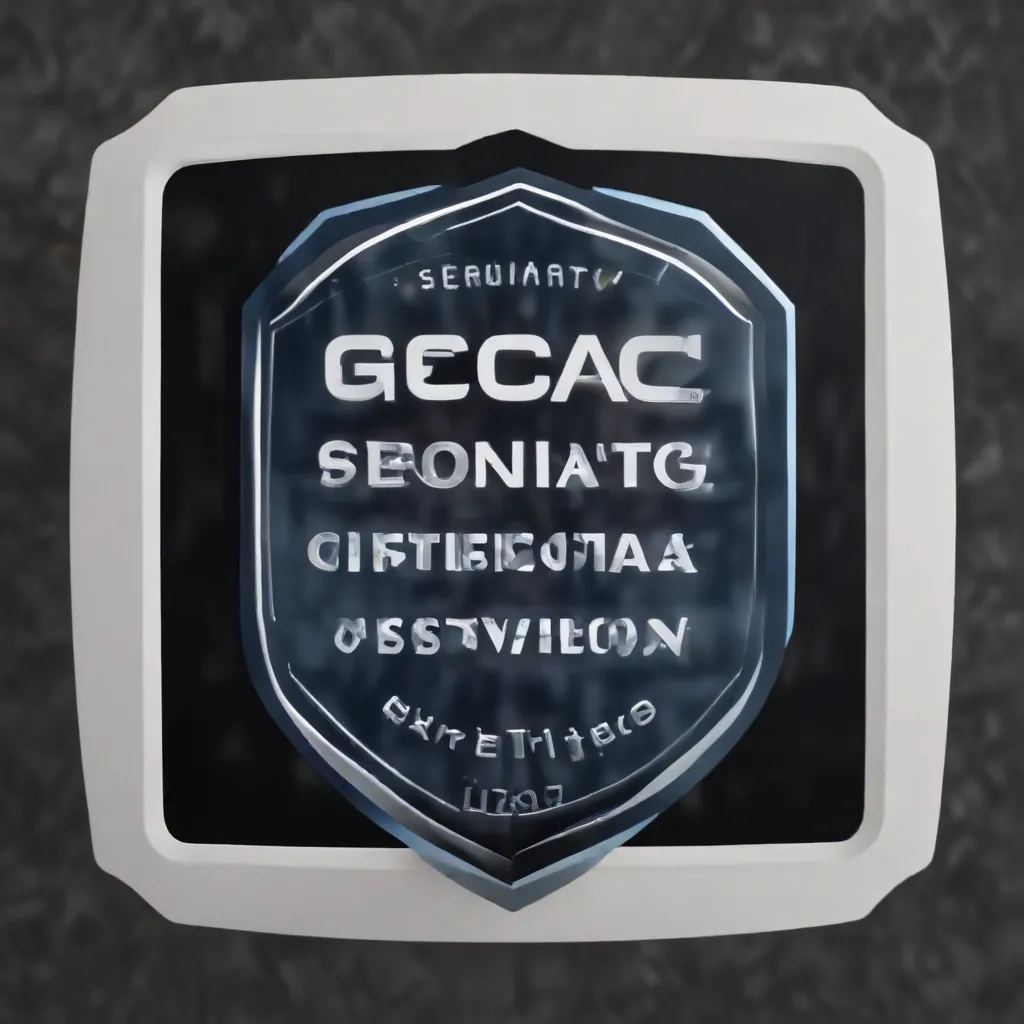
Uncovering the Essentials of Cybersecurity with GSEC
In an era defined by the relentless march of technological progress, the demand for skilled cybersecurity professionals has never been higher. As organizations across industries face an ever-evolving landscape of threats, the need for individuals who can safeguard critical systems and data has become paramount. Enter the GIAC Security Essentials Certification (GSEC) – a prestigious credential that validates a practitioner’s comprehensive knowledge and hands-on expertise in the fundamental aspects of information security.
The GSEC Difference: Going Beyond Mere Concepts
The GSEC certification sets itself apart by ensuring that its holders possess more than just a theoretical understanding of cybersecurity. Rather, GSEC certification holders have demonstrated their ability to apply security principles in real-world, hands-on scenarios. This distinction is crucial in an industry where the ability to effectively implement security measures can mean the difference between a successful defense and a devastating breach.
“GSEC certification holders are demonstrating that they are qualified for hands-on IT systems roles with respect to security tasks.”
Practical, Performance-Based Assessments
To achieve this level of practical competence, the GSEC certification employs a unique assessment approach known as CyberLive. This innovative testing methodology creates a lab environment where candidates must perform specialized job-related tasks, mimicking the challenges faced by cybersecurity professionals in the real world. By actively engaging in these real-world-like scenarios, GSEC candidates prove their knowledge, understanding, and skill in a tangible, measurable way.
Staying Ahead of the Curve
The GSEC certification is continually evolving to keep pace with the rapidly changing cybersecurity landscape. GIAC regularly reviews and updates the certification’s specifications, ensuring that the knowledge and skills it validates remain relevant and effective against the latest threats. This commitment to staying ahead of the curve is a testament to GIAC’s dedication to producing cybersecurity practitioners who are truly prepared to defend against modern adversaries.
Navigating the GSEC Certification Process
Earning the GSEC certification is a rigorous endeavor, but the rewards it offers are well worth the effort. Let’s dive into the key steps and considerations for aspiring GSEC candidates.
Exam Format and Passing Criteria
The GSEC exam is a web-based assessment that must be completed under the supervision of a proctor. Candidates have two options for proctoring: remote proctoring through ProctorU or on-site proctoring through PearsonVUE. The passing score for the GSEC exam is set at 73%, based on a scientific passing point study conducted by GIAC.
“GIAC reserves the right to change the specifications for each certification without notice.”
It’s important for candidates to carefully review the Certification Information in their GIAC account to verify the format and passing point of their specific certification attempt, as these details may be subject to change.
Preparing for Success
While GIAC recommends the SANS SEC401: Security Essentials Bootcamp Style course as the primary preparation resource for the GSEC, there are alternative study options for those whose employers are unwilling to cover the cost of the course.
“For those who are new to the field and have no background knowledge, SEC275: Foundations – Computers, Technology and Security or SEC301: Introduction to Cyber Security would be the recommended starting point.”
Additionally, the SANS community offers a wealth of free resources, including course demos, security policy templates, and cutting-edge cybersecurity news and tools. Leveraging these resources can be a valuable supplement to the candidate’s preparation efforts.
Activating the Certification Attempt
Once the GSEC application has been approved and the necessary payment has been made, the certification attempt will be activated in the candidate’s GIAC account. Candidates will have 120 days from the date of activation to complete their certification attempt.
“You will receive an email notification when your certification attempt has been activated in your account.”
Proper preparation and planning are crucial to ensure a successful certification experience within the allotted timeframe.
Empowering Cybersecurity Practitioners
The GSEC certification is more than just a credential – it’s a testament to an individual’s commitment to advancing their cybersecurity knowledge and skills. By earning the GSEC, professionals demonstrate their ability to identify, mitigate, and respond to a wide range of security threats, positioning themselves as valuable assets in the ever-evolving field of information security.
“GIAC knows that cyber security professionals need: In response to this industry-wide need, GIAC developed CyberLive – hands-on, real-world practical testing.”
Whether you’re a seasoned security professional or a newcomer to the industry, the GSEC certification can serve as a powerful catalyst for your career development. By mastering the fundamental principles and hands-on techniques covered by the GSEC, you’ll be equipped to tackle the complex security challenges of today and tomorrow.
Conclusion: The GSEC Advantage
In a world where cybersecurity threats are constantly evolving, the GIAC Security Essentials Certification (GSEC) stands as a beacon of excellence, empowering practitioners with the knowledge and skills needed to protect critical systems and data. By validating a candidate’s practical expertise in a range of essential security disciplines, the GSEC certification sets its holders apart as sought-after cybersecurity professionals, ready to lead the charge in the ongoing battle against digital adversaries.
Whether you’re a seasoned IT expert or an aspiring security enthusiast, the GSEC certification represents a valuable investment in your professional development. By embracing the challenges and opportunities presented by this prestigious credential, you’ll not only enhance your own capabilities but also contribute to the collective security of the digital landscape.












